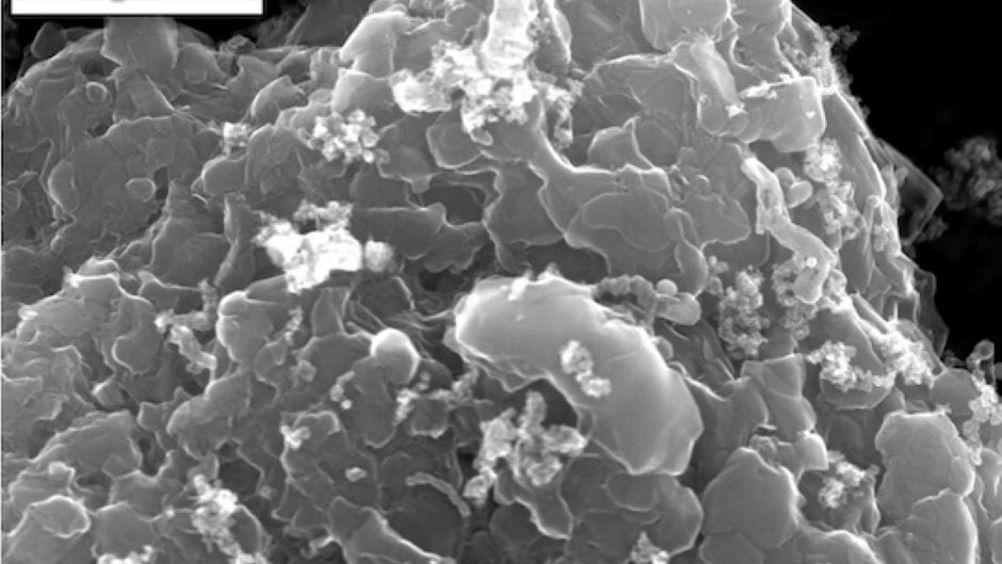Hydrogen harvested from mixed waste plastics
Rice University researchers have developed a method to harvest high-yield hydrogen from mixed waste plastics that do not have to be sorted by type or washed.

According to Kevin Wyss, a Rice doctoral alumnus and lead author on a study published in Advanced Materials, the method also produces high-value graphene.
“If the produced graphene is sold at only five per cent of current market value ⎯ a 95 per cent off sale! ⎯ clean hydrogen could be produced for free,” Wyss said in a statement.
By comparison, ‘green’ hydrogen costs roughly $5 for just over two pounds. Though cheaper, most of the nearly 100 million tons of hydrogen used globally in 2022 was derived from fossil fuels, its production generating roughly 12 tons of carbon dioxide per ton of hydrogen.
“The main form of hydrogen used today is ‘grey’ hydrogen, which is produced through steam-methane reforming, a method that generates a lot of carbon dioxide” said James Tour, Rice’s T. T. and W. F. Chao Professor of Chemistry and a professor of materials science and nanoengineering. “Demand for hydrogen will likely skyrocket over the next few decades, so we can’t keep making it the same way we have up until now if we’re serious about reaching net zero emissions by 2050.”
Register now to continue reading
Thanks for visiting The Engineer. You’ve now reached your monthly limit of news stories. Register for free to unlock unlimited access to all of our news coverage, as well as premium content including opinion, in-depth features and special reports.
Benefits of registering
-
In-depth insights and coverage of key emerging trends
-
Unrestricted access to special reports throughout the year
-
Daily technology news delivered straight to your inbox










Water Sector Talent Exodus Could Cripple The Sector
Maybe if things are essential for the running of a country and we want to pay a fair price we should be running these utilities on a not for profit...